The world dates back to billions of years. How do we know this? Well, historians have been able to trace our ancestry and arrive at this conclusion. This fact would not be very new for many of us. The existence of the Amazigh culture is proof that Morocco came into existence a long time ago and are in fact, ancient.
Don’t you want to explore Morocco that have witnessed the alteration of many civilizations and dynasties? How old, you ask? Well, read ahead to find out more. You might not have thought that Morocco have been standing proudly with his roots long back in time. And now when you will visit it, you will definitely have a new perception towards it which will make your trip even more interesting and exciting.
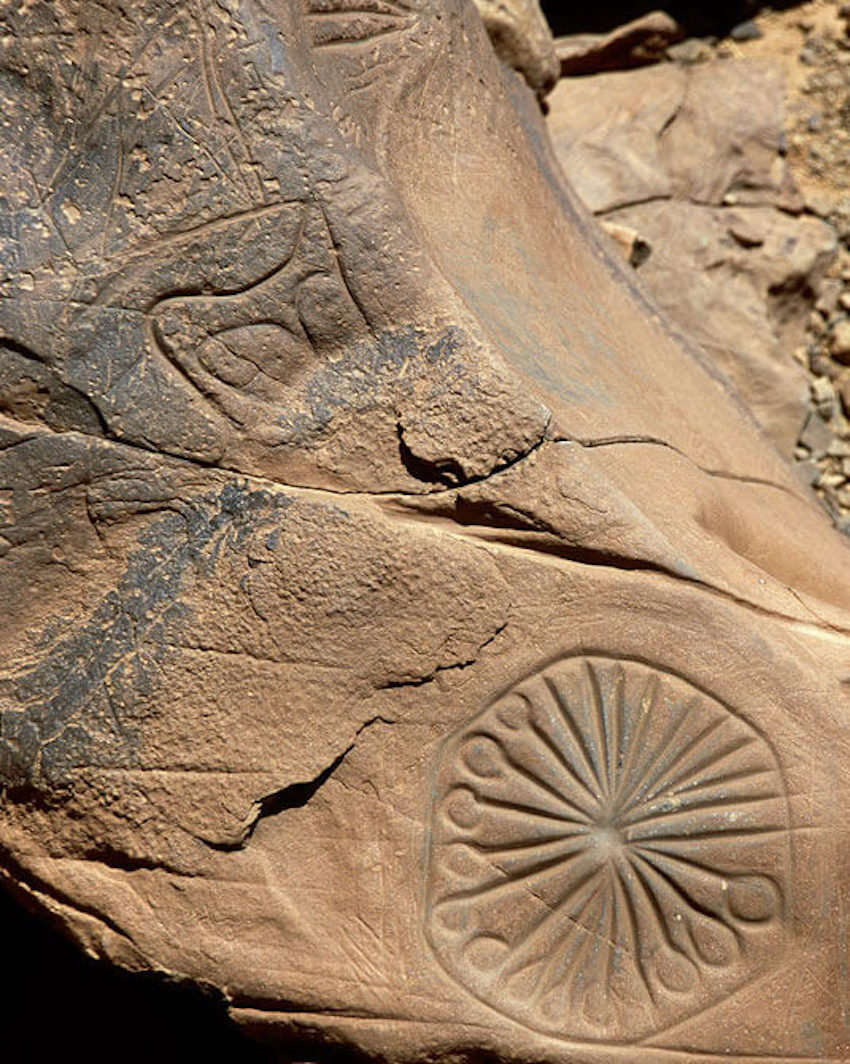
Prehistoric Morocco
Did the history of Morocco begin in the 11th century BC? AD, when the Phoenicians landed on the Atlantic coast near Tangier?
Paleontologists push this date back to 200,000 BC. J.-C., with the remains of the first fossilized man found in Sidi Abderrahman near Casablanca and the skeletons of the cousin of Homo sapiens discovered in the cave of Ouled Bouchikha (formerly cave of the Smugglers) around Rabat.
Let's discover how Morocco gained international consideration as a multicultural country, with several types of heritage recognized as World Heritage by UNESCO, leaving its visitors pleasantly satisfied with their experiences during their journeys in Morocco.
During prehistory, the Amazigh (Berbers) were the first inhabitants of Morocco. Nomadic tribes, a mixture of Semites, Indo-Europeans, Negroids, intersect and mingle with, as sediment, a common language and customs.
Two groups emerge: The rifains in the north and the Chleuhs in the south; They become fierce guardians of their territory and their culture, and neither the Phoenicians nor the Carthaginians can subjugate them.
Throughout the Roman occupation - Morocco was annexed in 42 AD. J.-C. - the mountain dwellers of the Rif exert constant pressure on the invaders. The Arab conquest took place in the 7th century and the “Horsemen of Allah” occupied the entire territory and remained there.
In the name of the prophet, they hasten to convert the pagan Berber-speaking populations to Islam, while granting them, out of prudence, a certain freedom.
In the 8th century, the history of Morocco, made up of a succession of Arab or Berber dynasties, periods of apogee and decline, began to structure itself through the reigns of the Abbasids, then the Idrissids, a dynasty founded by Moulay Idriss.
His son, Idriss II, made Fez the new capital from where he united the religious and civil interests of the country. His successors are torn apart and the dynasty is falling apart.
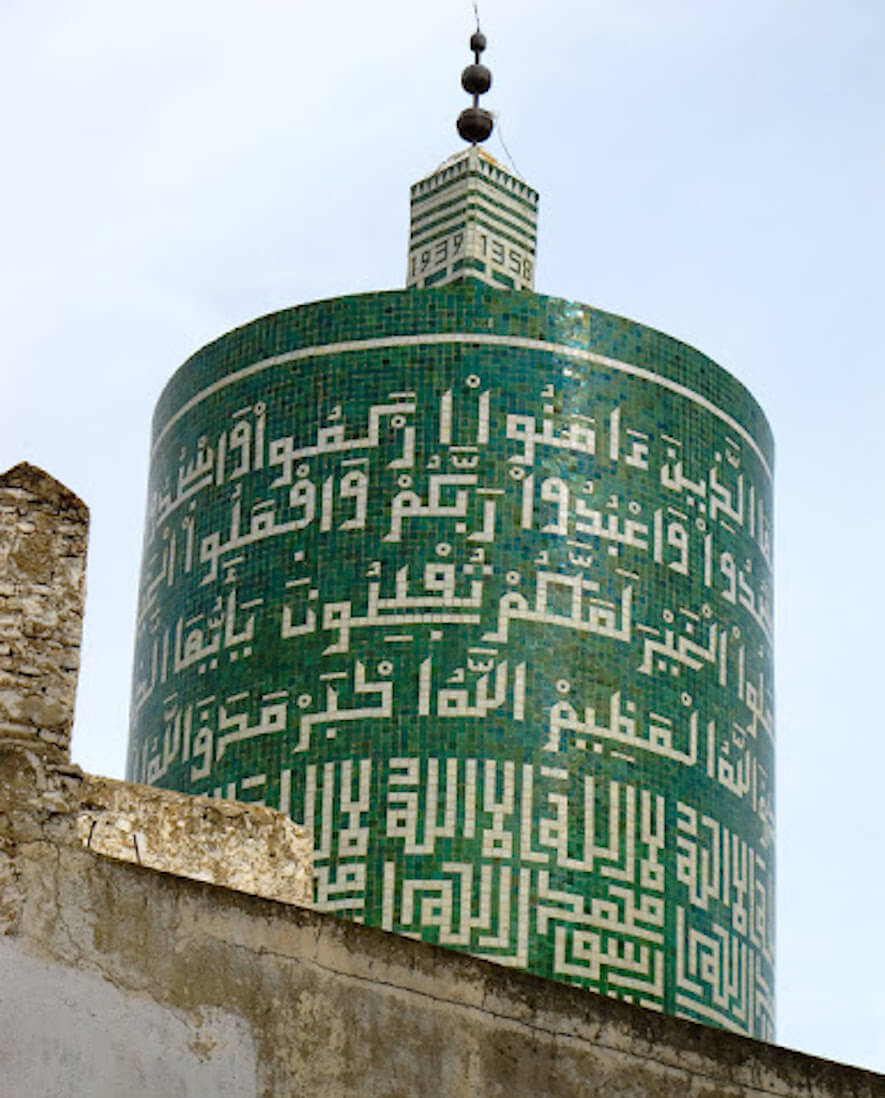
Moulay-Idriss Zerhoun minaret
The Almoravids (1055 to 1144), a tribe from the Sahara desert and made up of formidable warriors coupled with religious ascetics, took power in the Souss. They made themselves masters of the caravan cities and, in 1062, founded their capital, Marrakech.
Under the leadership of Youssef ben Tachfine, they subdue Fez and, in stages, set out to conquer all of Morocco, reaching Algiers, crossing the Strait of Gibraltar and invading Andalusian Spain, from Seville to Cordoba.
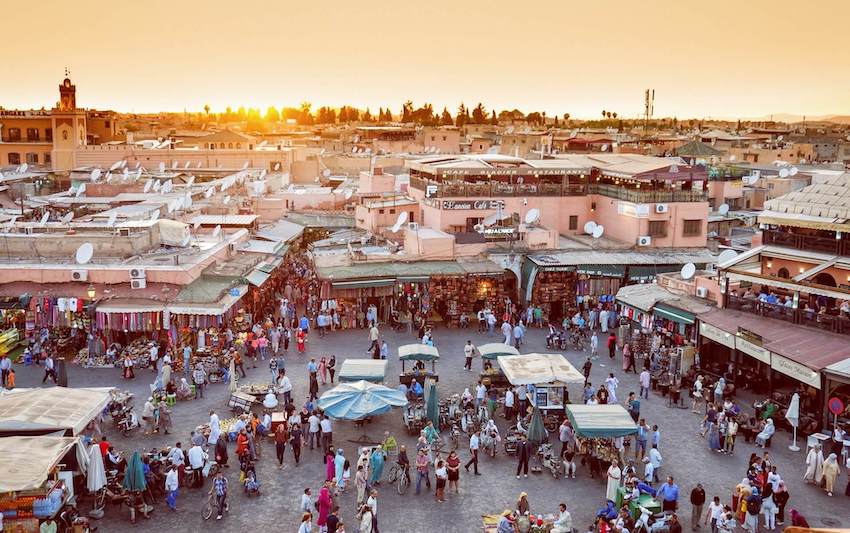
Marrakech, Almoravide's Capital
The Almohades (1147-1269) succeeded them and became masters of an immense kingdom including not only Morocco, but also all of North Africa (Algeria and Tunisia) as far as Tripoli in Libya. It is the golden age of the Maghreb, which is becoming a power in the Mediterranean.
The empire, however organized, is so vast that it becomes almost impossible to govern.
In 1212, the defeat of Al Uqab against the Christians of Spain completely destabilized the dynasty which lost Andalusia in 1230.
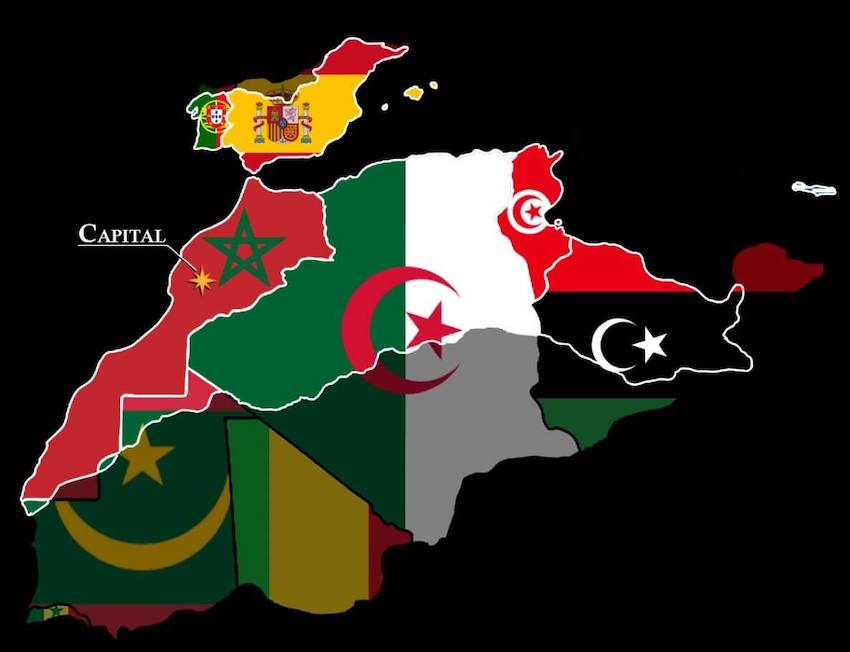
The Almohad empire with modern countries
The Merinids, another nomadic tribe from the south, seized Fez, Meknes, then Marrakech in 1269. In 1374, the Merinid’s empire was divided into two kingdoms: the kingdom of Fez and the kingdom of Marrakech. For half a century, the country, attacked by the Portuguese, the Spaniards and the Genoese on one side, the Hafsids and their allies on the other, experienced several divisions and reunifications
The Portuguese seized the city of Ceuta in 1415, then Tangier in 1471. The Catholics recaptured Granada in 1492.
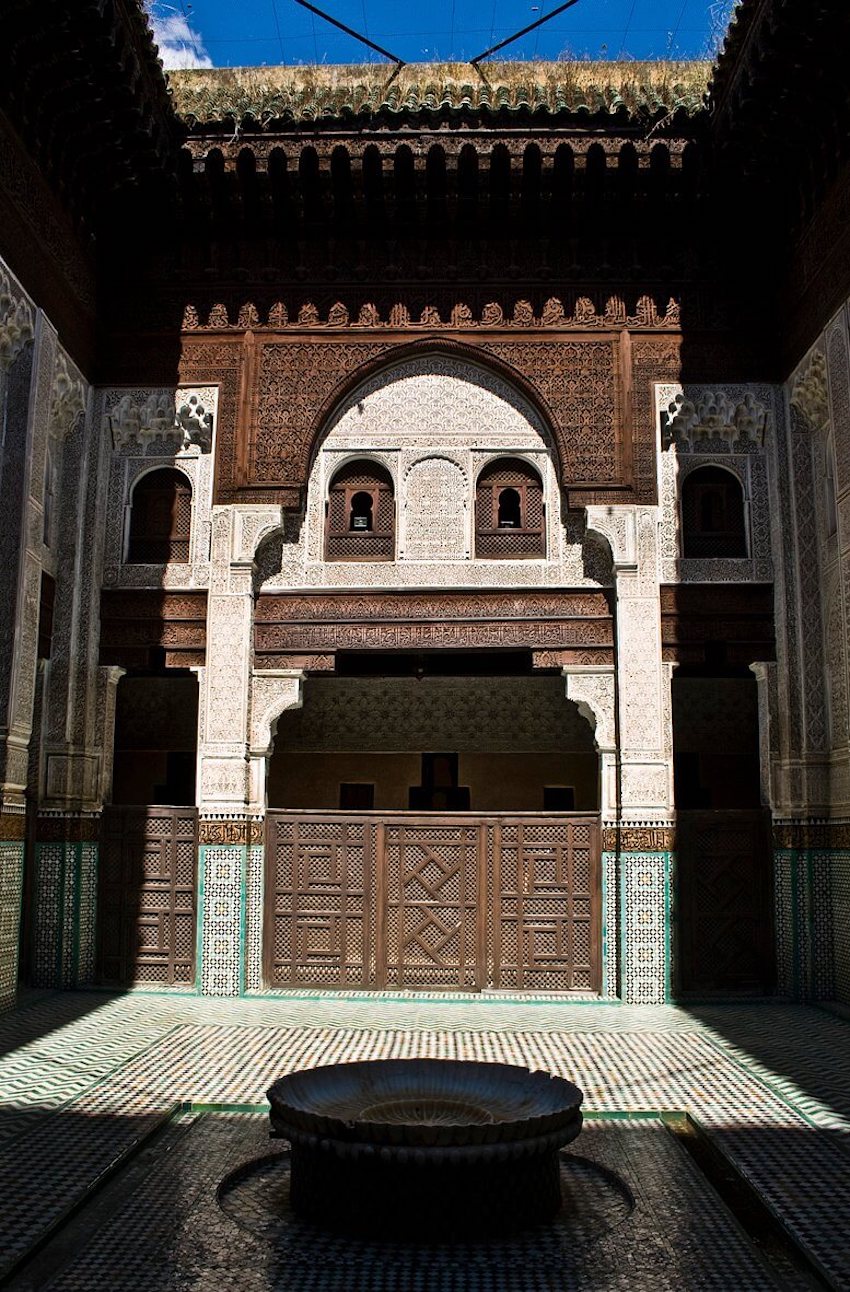
The Bou Inania Madrasa in Meknes, Morocco
At the beginning of the 16th century, the Saadians, descendants of the prophet, had the fierce desire to drive foreigners out of Morocco. They liberate the coastal towns from the Portuguese yoke, repel the Ottomans from the west of the country.
Morocco then again enjoyed great prestige, thanks to the development of its agriculture and the construction of magnificent monuments such as the el-Badi palace and the Saadian tombs in Marrakech.
On the death of the illustrious sovereign Ahmed el-Mansour, the country was divided between the various local powers.
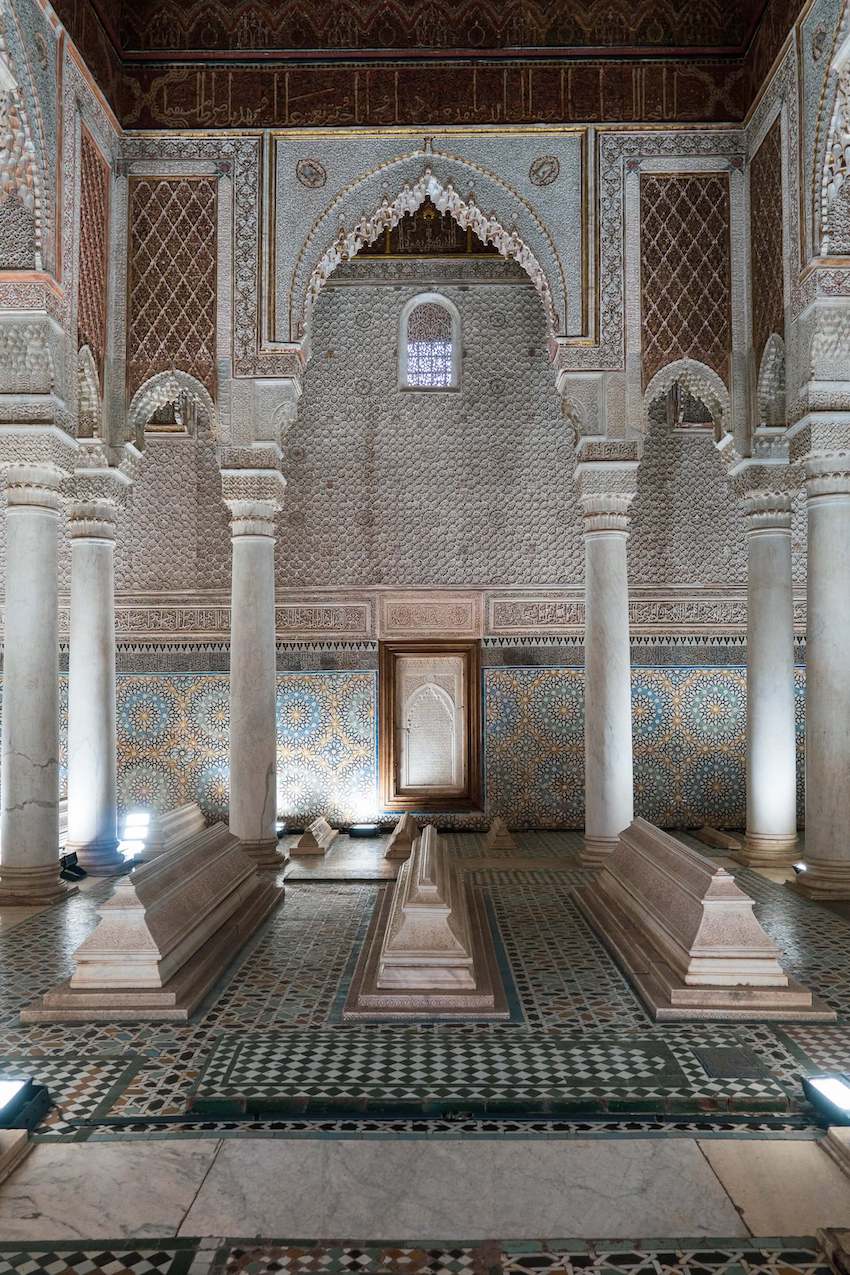
Saadian tombs in Marrakech, Morocco
The Alawites (from 1666 to the present day), originally from southern Morocco and also a descendant of the Prophet, miss a turn in the history of Morocco. They turn to the courts of Europe, develop trade and are interested in the first industrializations.
Their reign is strongly marked by the famous sovereign Moulay Ismaïl, contemporary of Louis XIV, who takes control of all the cities of the Saharan axis and imposes himself in Mauritania. From his sumptuous palace in Meknes, he consolidated the central power and created an army to wage war against the Turks. But, in the 19th century, the French, the English and the Spaniards, seeking to extend their colonies, entered Morocco. The Act of Algeciras, in April 1906, placed the country under international protection. This takeover provoked popular revolts in the north, leading France to occupy Meknes, Fes and Rabat.
On March 30, 1912, Moulay Hafid signed the protectorate treaty which put Morocco under French and Spanish guardianship, for the Rif region, and internationally for Tangier. This treaty raises violent riots and France appoints General Lyautey general resident in Rabat. The latter, after subduing the rebellious tribes, establishes a new administration. Nationalist struggles do not cease, however. The most violent and relentless is the Rif war led from 1921 by Abd el Krim, who was only defeated in 1926, when the French joined forces with the Spanish.
In 1930, the intellectuals and the elite of the country constituted the first Moroccan political party.After the Second World War, the ranks of nationalists, encouraged by sultan mohamed v, grew to demand independence. Following the forced exile of the sultan, the fight hardened even more and France had to recall the sovereign. The independence of Morocco was proclaimed on March 3, 1956 from France and April 7 from Spain. Tangier returned to Morocco in 1958.
On the death of Mohammed V in 1961, Hasan II succeeded his father. His determination to recover Moroccan Western Sahara - in November 1975, he organized, with the participation of the population, the "green march" - strengthened national unity.
On his death in 1999, his son, Mohammed VI, succeeded him and became the eighteenth king to perpetuate the line of the Alaouite dynasty.The young sovereign immediately tackled the many social problems and undertook the reforms that civil society badly needed. He surrounds himself with a new generation of advisers in order to establish rigor, transparency and respect for the citizens. From his enthronement, Mohammed VI affirmed his desire to be the king of the poor by taking an interest, in particular, in the neglected region of the Rif, in education, in illiteracy and in the status of women. On the other hand, he immediately allowed the return from exile of the opponent Abraham Serfaty.
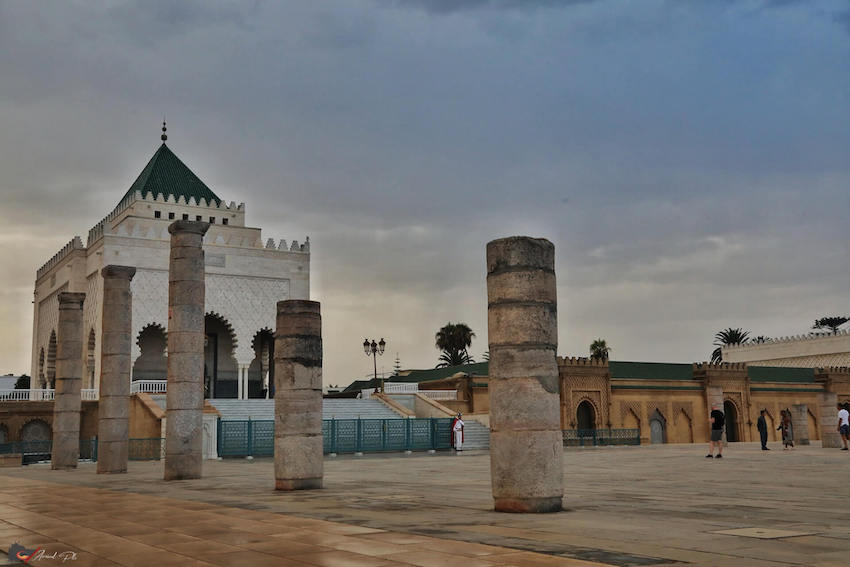
Rabat capital of Morocco
I hope you enjoyed article about the history of Morocco.
If you want to start planning your cultural Morocco trip, get in touch with me here.
There is something for everyone in this marvelous kingdom, and no matter how you envision your journey in Morocco, you can create it.